This afternoon, the National Political Publishing House Truth in collaboration with the University of Transport Technology organized a seminar "The Great Victory of Spring 1975 - The Power of Will and Belief in Victory".
At the discussion, Dr. Dam Duy Thien, former scout and cartographer of Regiment 266, Division 341 - Song Lam, shared an impressive story about the work of drawing maps for the attack on the "steel door" of Xuan Loc.
At the end of 1972, when he had just finished 7th grade, young man Dam Duy Thien joined the army. At that time, he only weighed about 40kg, "my comrades thought that if I traveled 40-50km of Truong Son road, I would not survive because I had to climb mountains and wade through streams, overcome bombs and bullets. Later, when my comrades returned to their hometown, they thought I had died," he happily recalled.
In return, Mr. Thien has a good memory, especially a talent for drawing, which impresses many people in the unit.

"We were worried but not afraid, because we knew that going to war meant accepting sacrifice. We even sent letters home to our families as if we were far away, still alive but considered dead. But the worry here was that not completing the mission would endanger the unit. Because a small mistake could wipe out a unit of thousands of people," Mr. Thien shared.
Talking about his chance to work in cartography, veteran Dam Duy Thien said that people doing this job should have been able to study in the army officer school, but because he had a little talent for painting and a good memory, his superiors sent him for training.
He said that at that time there was only one set of maps, "wherever we went to war, they distributed the map set." Remembering terrain, place names, and landmarks was extremely difficult while his superiors required Mr. Thien to remember and answer immediately when asked.
"After 50 years, I still remember the locations of Xuan Loc, Tan Phong, Dau Giay... When superiors ask to highlight a point, that point must be accurately marked on the map," said Mr. Thien.
In the battlefield, two subjects that are especially monitored are the cartographer and the secret agent. If both are captured by the enemy, the battle will fail and the force will even suffer great losses.
Therefore, soldier Dam Duy Thien must ask for permission before going anywhere and is not allowed to go outside the combat area without permission.
In the field, the complex terrain made map drawing very difficult. Mr. Thien said that sometimes they had to draw in bunkers to avoid detection by the enemy. "In the bunkers, there was a lack of light, so we used flashlights or very dim storm lamps. Sometimes bomb smoke would blow into the command post, making it suffocating and hard to breathe, but we still had to draw while wiping away tears...", Mr. Thien recalled.
He emphasized that in drawing a map, if the reference is one millimeter wrong, it can lead to a loss of up to 12km, so "one millimeter wrong is a mile off."
In the past, conditions were difficult and there were no satellites or electronic devices to support mapping, but "we had scouts, military intelligence, and deep-penetrating special forces," so Mr. Thien had many advantages in information.
"We used 15x25 cm rulers with pre-divided columns and used a compass to determine the direction, along with memory and information from scouts, military intelligence, and spies, then drew... sometimes we had to erase and re-erase because it was not accurate," he said.
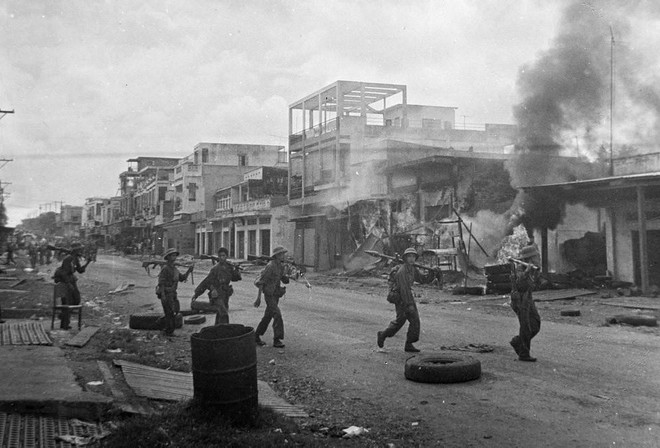
In early 1975, he and the division marched to the B2 front (Southeast), directly participating in the Ho Chi Minh campaign in the 4th Corps formation on the eastern wing to liberate Saigon-Gia Dinh.
During the battle of Xuan Loc, Dam Duy Thien was assigned to draw the combat map of Regiment 266. From actual surveys, on the map he drew each direction, attack and defense of ours as well as the enemy's defense posts accurately and in detail down to the company level.
From the map he drew, the 266th Regiment Command easily determined the correct direction of attack and the correct targets of the units to make timely and accurate decisions for the battle.
The map made by Dam Duy Thien contributed significantly to the fact that after 12 days and nights of fierce attacks, our army broke through the enemy's impregnable steel defensive wall, opening wide the eastern door for our powerful force to enter and liberate Saigon-Gia Dinh.
Source: https://vietnamnet.vn/tu-chien-si-nang-40kg-den-nguoi-ve-ban-do-tac-chien-vao-canh-cua-thep-xuan-loc-2393581.html







![[Photo] Explore the US Navy's USS Robert Smalls warship](/_next/image?url=https%3A%2F%2Fvphoto.vietnam.vn%2Fthumb%2F1200x675%2Fvietnam%2Fresource%2FIMAGE%2F2025%2F12%2F10%2F1765341533272_11212121-8303-jpg.webp&w=3840&q=75)
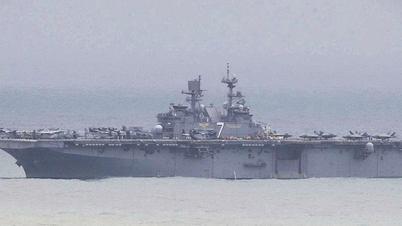

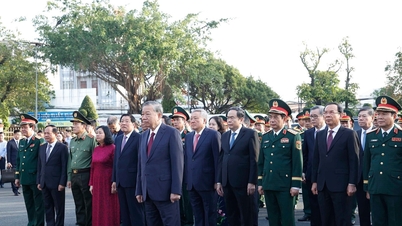
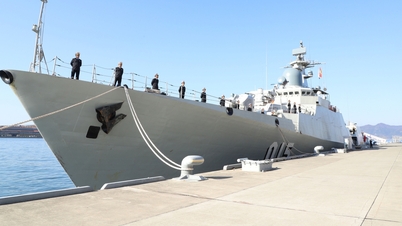


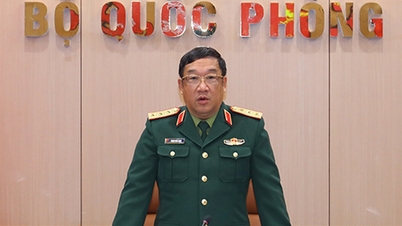

















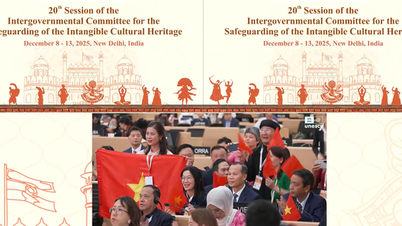

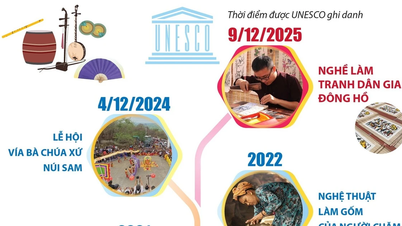

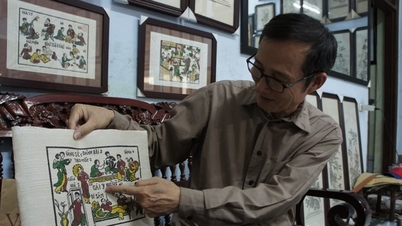




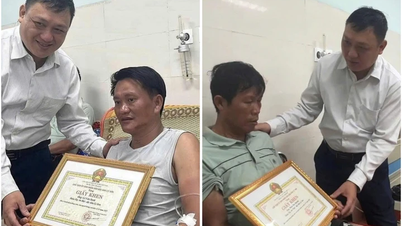





















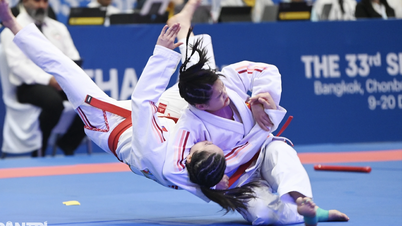

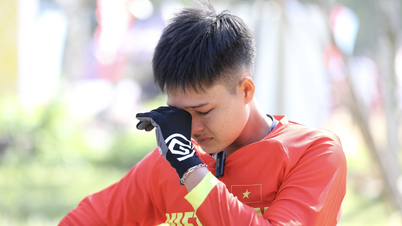









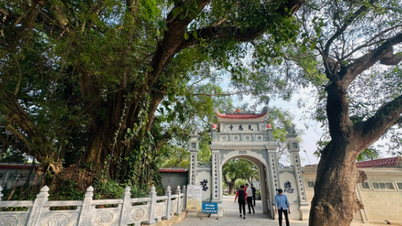








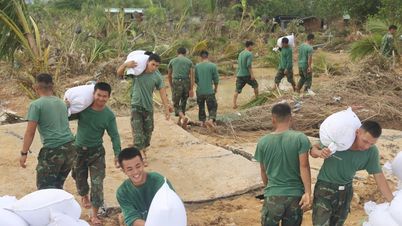






















Comment (0)